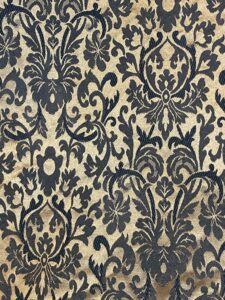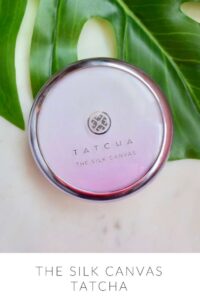Is Fleece Better for Sensitive Skin Than Poplin?
Fabric compatibility is crucial in fashion and sewing, ensuring comfort and style. Fleece and poplin are popular materials, each with unique properties. This article explores their compatibility, offering insights into choosing the right fabric for sensitive skin.
Compatibility Analysis
Is fleece better for sensitive skin than poplin? Yes, fleece is generally better for sensitive skin due to its softness and hypoallergenic properties. Fleece is a synthetic fabric known for its plush texture and warmth, making it gentle against the skin. In contrast, poplin is a tightly woven fabric, often made from cotton or a cotton blend, which can sometimes feel rougher.
Key Factors:
- Texture: Fleece is soft and plush, while poplin is smooth but can be crisp.
- Weight: Fleece is heavier, providing warmth, whereas poplin is lightweight.
- Stretch: Fleece offers slight stretch, enhancing comfort; poplin has minimal stretch.
- Care Requirements: Fleece is easy to care for, while poplin may wrinkle easily.
- Durability: Both fabrics are durable, but fleece resists pilling better.
Fabric Properties Comparison Table
| Property | Fleece | Poplin |
|---|---|---|
| Fiber Content | Synthetic (polyester) | Natural (cotton) or blend |
| Weight and Thickness | Medium to heavyweight | Lightweight |
| Breathability | Moderate | High |
| Moisture-Wicking | Good | Moderate |
| Stretch and Elasticity | Slight stretch | Minimal stretch |
| Wrinkle Resistance | High | Moderate to low |
| Care Instructions | Machine wash, low heat dry | Machine wash, medium heat iron |
| Durability | High, resists pilling | High, may wrinkle |
Benefits of Mixing These Fabrics
Combining fleece and poplin can enhance texture and visual interest in garments and home decor. Fleece adds warmth and comfort, while poplin provides structure and breathability. This blend offers better drape, movement, and cost-effectiveness, making it versatile for various seasons and design possibilities.
Potential Challenges
When mixing these fabrics, consider different shrinkage rates and conflicting care requirements. Fleece’s softness may clash with poplin’s crispness, potentially leading to pilling. Seam puckering and color bleeding are also concerns. Practical solutions include pre-washing fabrics, using compatible dyes, and selecting appropriate seam finishes.
Sewing & Styling Tips
- Sewing Techniques: Use a ballpoint needle for fleece and a universal needle for poplin.
- Needle and Thread: Polyester thread works well for both fabrics.
- Interfacing: Lightweight interfacing stabilizes poplin; fleece rarely needs it.
- Seam Finishing: Overlock or zigzag stitches prevent fraying.
- Pattern Selection: Choose patterns that accommodate fleece’s bulk and poplin’s structure.
- Styling Ideas: Layer fleece jackets over poplin shirts for a chic, cozy look.
Care & Maintenance Guide
- Washing: Wash in cold water using gentle cycles.
- Drying: Air dry or tumble dry on low to prevent shrinkage.
- Ironing: Use a low heat setting for poplin; fleece rarely needs ironing.
- Stain Removal: Spot clean fleece with mild detergent; treat poplin stains with vinegar and water.
- Long-term Care: Store away from direct sunlight to prevent fading.
FAQ Section
- Can you wash fleece and poplin together? Yes, but use cold water and gentle cycles.
- Will fleece shrink more than poplin? Fleece generally shrinks less, especially if pre-washed.
- What needle size should I use for sewing these fabrics together? Use a ballpoint needle for fleece and a universal needle for poplin.
- Can you mix fleece and poplin in one garment? Yes, they can be combined for contrast in texture and function.
- How do you prevent pilling when combining these fabrics? Pre-wash fabrics and use a gentle wash cycle.
- Is it okay to mix fleece and poplin for upholstery? Yes, but ensure the design accommodates fleece’s bulk.
- What’s the best way to finish seams with these fabrics? Use overlock or zigzag stitches to prevent fraying.
In conclusion, fleece is generally more suitable for sensitive skin compared to poplin, thanks to its softness and hypoallergenic nature. By understanding their properties and compatibility, you can create stylish, comfortable garments and home decor items that cater to sensitive skin needs.


Leave a Reply